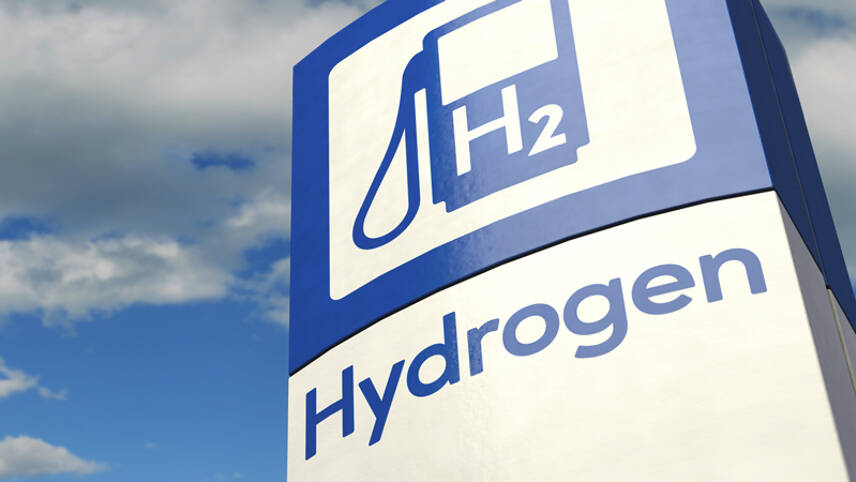Register for free and continue reading
Join our growing army of changemakers and get unlimited access to our premium content

Hydrogen is widely regarded as a key part of the net-zero transition. It produces no greenhouse gas emissions at the point of combustion and, as such, could be a replacement for fossil fuels in hard-to-abate applications like industrial heating, aviation and shipping.
But not all hydrogen is created equally in terms of its lifecycle emissions footprint. More than 95% of the hydrogen produced globally today is derived from fossil fuels. ‘Green’ hydrogen, produced by running water through electrolysers powered by renewable electricity, is less common and, as such, is more costly.
The good news is that the global green hydrogen market is set to grow rapidly in the coming decades.
Today (13 June), Deloitte has published a key new report setting out the likely growth trajectory for the sector. Here, we round up the key facts and stats.
- The green hydrogen market will grow more rapidly post-2030. Deloitte anticipates 50% growth between 2030 and 2050, to a market value of $1.4trn per year.
- The global green hydrogen trade can generate more than $280bn in annual export revenues by 2050. Forward-thinking nations will need to act this decade to for the best chances of taking a share of this opportunity.
- Achieving global net-zero by 2050 will likely require the development of a 170-MtH2eq clean hydrogen market by 2030, growing to nearly 600 MtH2eq by 2050. For context, 600 MtH2eq is equivalent to more than 85% of the global electricity consumption in 2019.
- Reaching this level of green hydrogen production will require global annual investments to increase to $360bn each year, on average, beyond 2030. For context, $417bn was invested in oil and gas in 2022.
- Green hydrogen can deliver up to 85 gigatons in reductions to cumulative CO2 emissions by 2050. For context, the world’s total emissions in 2022 were around 37 gigatons.
- Scaling low-carbon hydrogen to the levels needed in a net-zero world would create some two million jobs each year between 2030 and 2050. At least 75% of these jobs could be based in the global south, making the technology a potential major enabler of economic development.
- About $1.9 trillion in funding is needed for the green hydrogen market in North Africa, Sub-Saharan Africa, and Central and South America by 2050.
- The sector set to use the most green hydrogen in 2030 is the heavy industrial sector. By 2050, the biggest user will be the transport sector, predominantly for hard-to-electrify modes of transport such as shipping.
- The green hydrogen economy could benefit from policy actions and regulatory support at least until the mid-2030s to help develop solutions at the necessary scale.


Please login or Register to leave a comment.